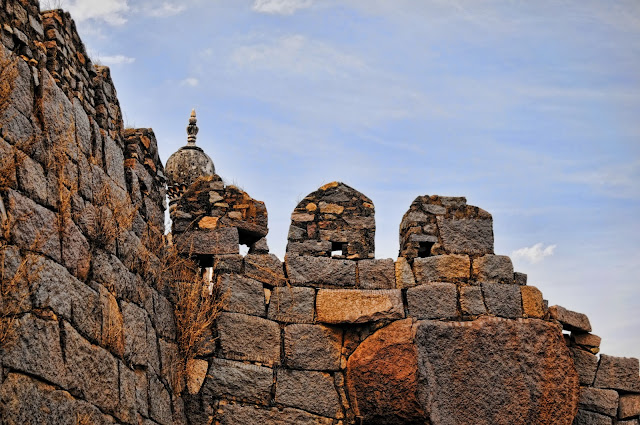Bonalu is a Hindu Festival. Goddess Mahankali is worshiped. Bonalu is an annual festival of Telangana. It is celebrated in the month of Ashada Masam. Women prepare rice cooked with Milk, Jaggery in a New Brass or Earthen Pot adorned with Neem Leaves,Turmeric,Vermilion and a lit lamp on the top of the Pot. Women carry the pots on their heads and make offering of Bonam along with Turmeric-Vermilion, Bangles and Saree to the Mother Goddess across the Temples.
The history of the origin of this festival traces back to the 19th Century, and is linked with the "Regimental Bazaar" and the twin cities of Hyderabad and Secunderabad. In the year 1813, plague disease broke out in the twin cities, and this took away the lives of thousands of people. Just before this, a military battalion from Hyderabad was deployed to Ujjain. When this Hyderabad Military Battalion got to know about the epidemic in the cities, they prayed to the Mother Goddess in Mahankali Temple -Ujjain, Madhya Pradesh. History tells us, that this military battalion prayed to Goddess Mahankali, to kill plague, and if the Goddess would do so, they had decided to install and idol of Goddess Mahankali in the city. It is believed that Mahankali destroyed the disease and kept pestilence at arms length. Then, the military battalion returned to the city & installed an idol of the goddess, which was followed by the offering of Bonalu to her. Hence, from then, this had turned a tradition, which has been followed and is still being followed by all the people belonging to Telangana.
Here are some pictures shot with Nikon D50
Please click on the pictures to get bigger versions for better appreciation.



































